Description
58000-300APO – Apollo Discovery Carbon Monoxide (CO) Detector
Discovery CO fire detectors contain a long-life electro-chemical carbon monoxide sensor which is tolerant of low levels of common vapours and household products. The sensing technology is fast, accurate and needs only very low power. The detection capabilities are enhanced by a rate-sensitive response. Fast rises in the carbon monoxide level are often associated with hot fires and the detector will respond earlier under these conditions. The analogue reply from the detector is rate limited to remove nuisance alarms resulting from short-term high levels caused by sources such as pipe smokers or gas flame ignition.
Brand Information
Discovery® is a range of high-specification, analogue addressable fire detectors and alarm devices. Discovery detectors offer effective false alarm management by a combination of EN 54 approved operating modes and sophisticated algorithms. Drift compensation further reduces the likelihood of false alarms caused by a build-up of dust in the sensing chamber. In addition to the familiar smoke and heat detectors, the Discovery range features two multisensor detectors. One is an optical/heat multisensor which can be used to protect against many types of fire risk. The other is a carbon monoxide/heat multisensor which protects against both smouldering fires and those generating heat.
Operation
The Discovery CO detector has five operating modes, each having a set combination of sensitivity and response delay, which the user can select for any given application.
Application
CO detectors do not detect smoke particles or heat and are not universal replacements for smoke detectors. Apollo does not endorse the use of CO detectors as the main method of fire detection if: • the protected area is an escape route • there is a requirement to detect overheating of electrical equipment or cables • the protected area is exposed to sources of CO such as vehicle exhausts, or to hydrogen or to high levels of alcohol vapour as emitted by some cleaning agents • there is a requirement to detect fires involving flammable liquids CO fire detectors are particularly suitable for supplementing smoke detection when there is: • a deep seated smouldering fire risk • a risk of fire starting in an enclosed space • a likelihood of stratification taking place Carbon monoxide detectors may be used as the primary fire detector in areas where the following conditions exist: • the main risk is smouldering fires • optical smoke detectors are deemed unsuitable (see ‘FALSE ALARMS’ below) • the fire compartment is not greater than 50m2 Typical applications include hotel bedrooms, halls of residence, sheltered accommodation and hospital wards.
Communication
Discovery uses a digital communications protocol which has been developed from the XP95 protocol but differs in that it allows communication in three different modes: (Normal, Read and Write) to allow a more extensive exchange of information and commands than previous analogue addressable ranges. In addition, Discovery can store data in non-volatile memory. The Normal mode is identical to the XP95 protocol with the exception that the five additional analogue value bits in the XP95 protocol extension have been re-defined so that the fire control panel is able to distinguish between Discovery and XP95 devices. The Read mode is used to check information stored in the non-volatile memory of each detector. It is accessed by using a simple extension to the Normal mode communication method from the fire control panel to the detector. In Write mode the fire control panel is able to write information to the detector by extending the communication method in the same way as in Read mode. During Read or Write modes a detector can signal an alarm by means of the alarm flag and alarm address bits. Discovery detectors are compatible with XP95 and Soteria. It should be noted, however, that Discovery features will not be available when Discovery is used with XP95 fire control panels. Fire control panels with drift compensation algorithms should disable the algorithms when communicating with Discovery. For fire control panels running CoreProtocol, please refer to the fire control panel manufacturer’s operating instructions.

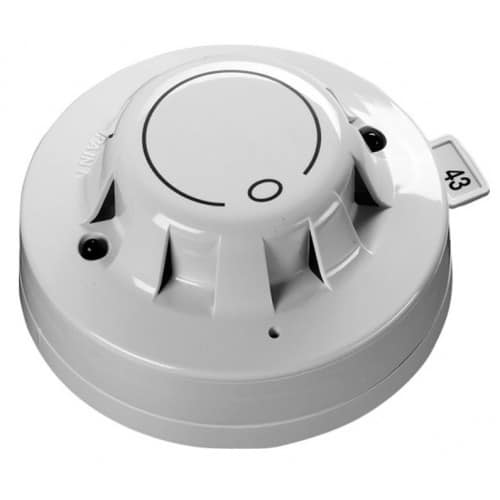
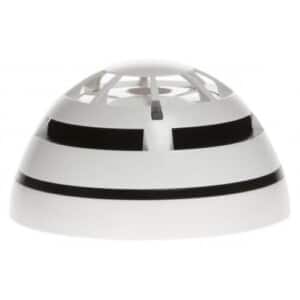
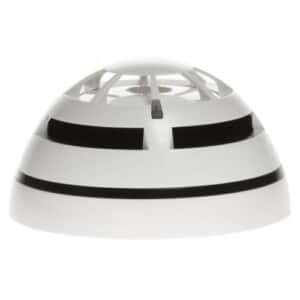
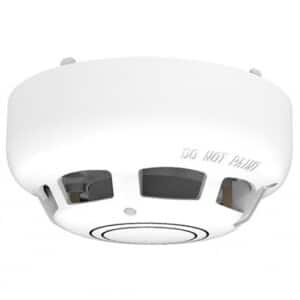
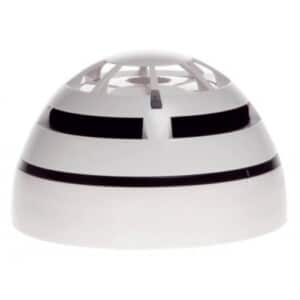
Reviews
There are no reviews yet.